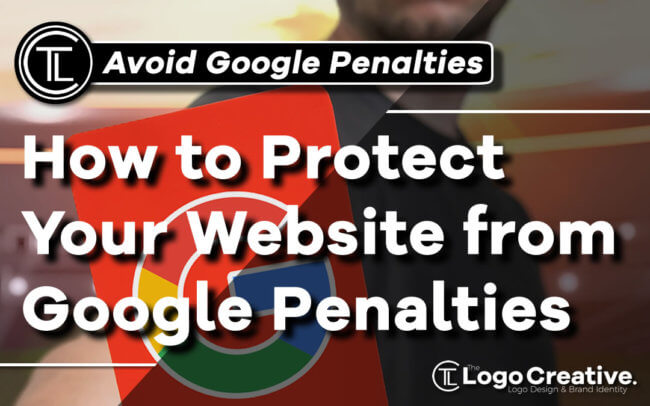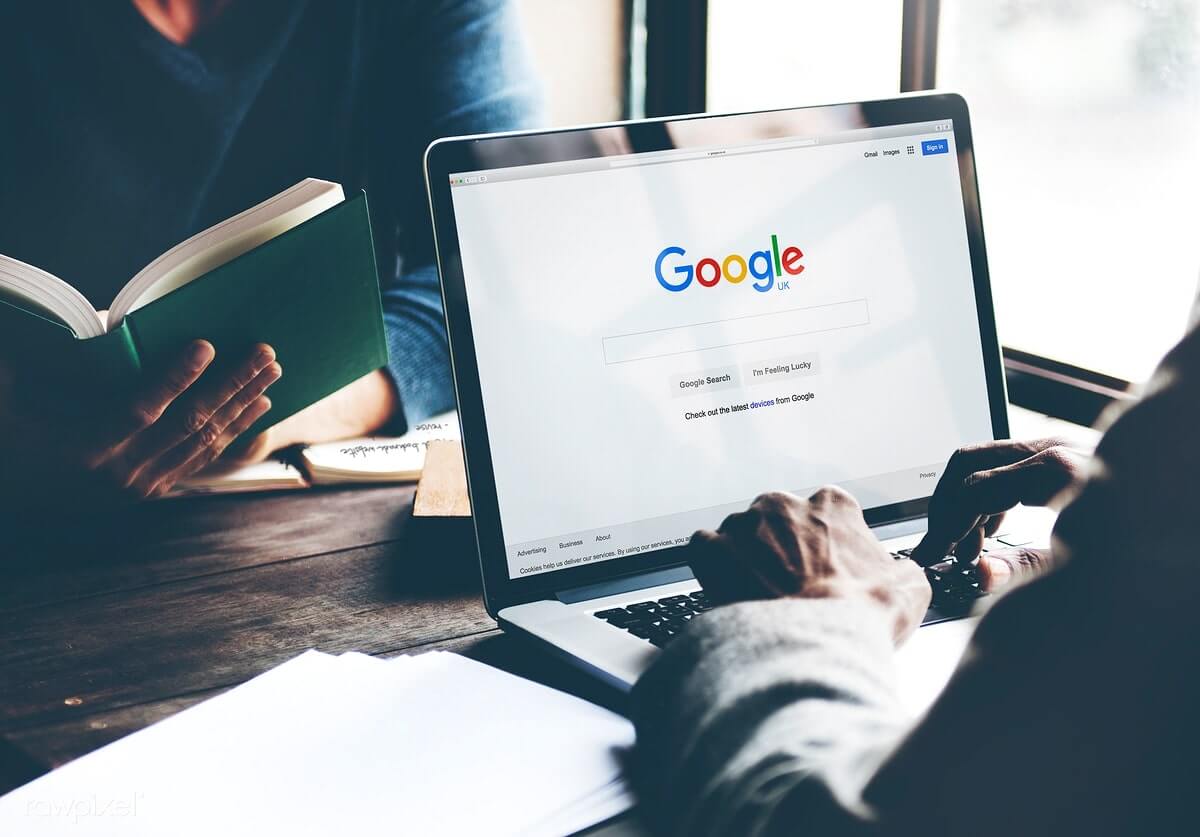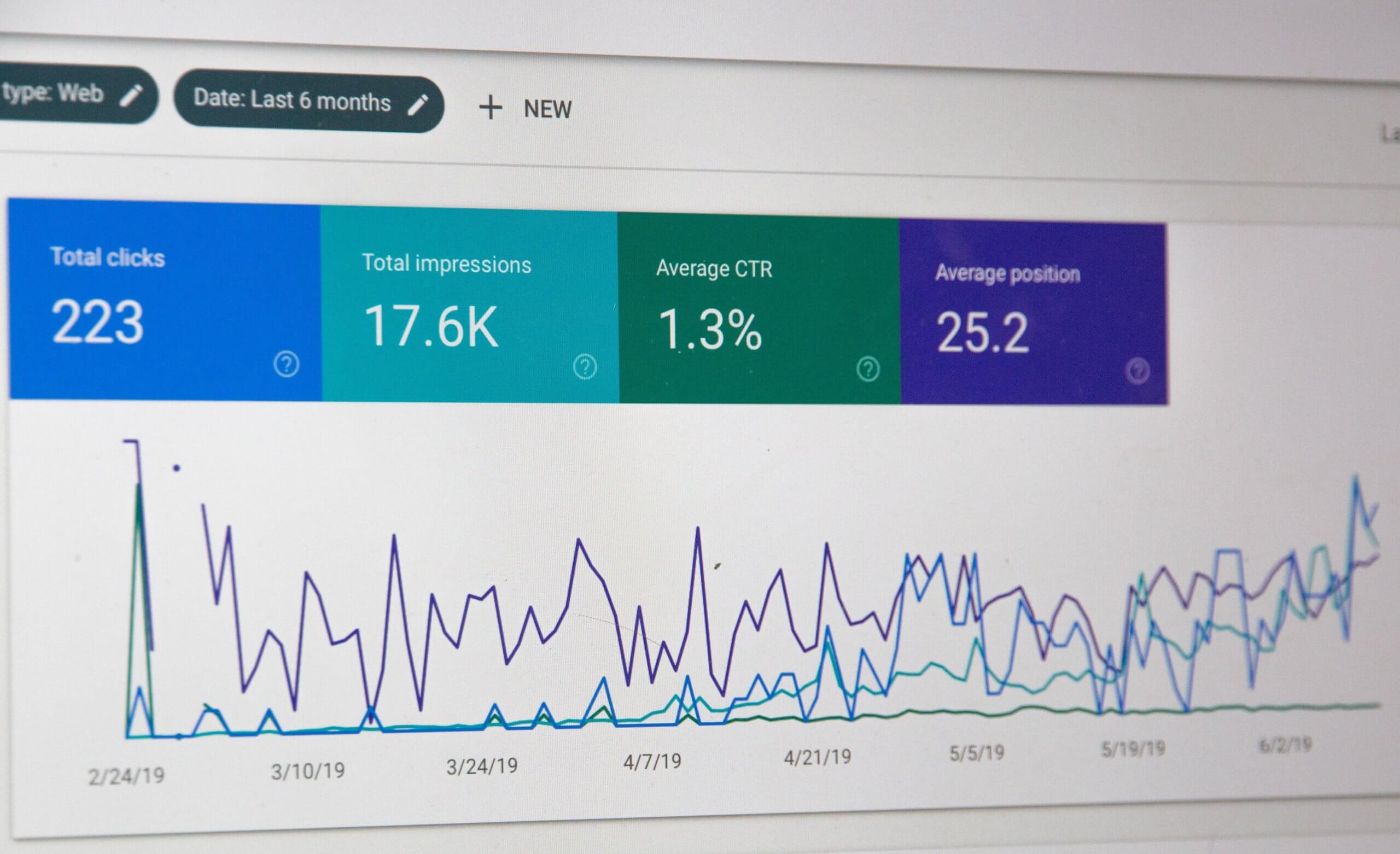If you’ve been hit with a Google penalty before, you know first hand it’s one the scariest problems to face on the Internet. From known reputable websites to small businesses, any website can be penalized. A Google penalty can be devastating to any website by ruining its ranking, organic traffic, brand, and much more. In this article, we discuss How to Protect Your Website from Google Penalties.
As Google’s algorithm is constantly changing, your website could be in jeopardy of getting a penalty if you aren’t proactive in protecting your site and online presence. Many website owners have no idea how they can receive a penalty and how damaging it can be to their website.
It may seem difficult at times, but the steps below are a few easy ways to help you protect your website against Google penalties and ensure your search engine traffic will stay strong for years to come!
Table of Contents
Audits Are Your Friend
As you probably already know, quality backlinks are vital to building authority to your website and brand. One low quality or spammy link can be the difference from being indexed on Google to being removed completely from the search engine. However, The importance of a quality backlink can be the difference of having your site or page rank on the first page and the third page.
About 75% of users never scroll past the first page on a search engine, which is why it’s so important not to jeopardize your ranking with low-quality links. If your website is going to be penalized for any reason, 99% of the time it will be because your links are low quality, unnatural, or both.
This is why it’s extremely important to keep track and monitor your links at least monthly with full backlink audits. Keep track of how many links are high quality or low quality and who is linking to your website.
If you find links from low quality or spammy websites, email the domain owner and request for the link to be removed. You can find the domain owner’s contact info on the website itself or through special tools. When you contact the domain owner to remove a link, make sure to document it because you may need to show proof you contacted the domain owner to file a reconsideration request if you’ve been penalized.
Watch Your Anchor Density
Keeping an eye on the anchor density of your keywords is critical in preventing a penalty. Watch and track the percentage of anchor text links that relate to your brand, URL, target keywords, and industry-related terms.
Experts recommend having about 25% brand anchor text, 25% URL links, 25% target keywords, and 25% generic anchor terms. Just remember that your anchor density will change constantly as new links are built.
If you notice your density getting too high, quickly build noise or brand term links to dilute the percentages or you could get hit with a penalty. High anchor density is one of the main indicators of the search engine results page (SERP) manipulation, which is almost guaranteed to get you a penalty. This is why it’s very important to run an anchor density report every month and make sure you are under 25%.
Diversify Your Backlink Portfolio
Think of backlinks like they are stock options, you shouldn’t put all your money in only one stock option just like you shouldn’t rely on just one source for your backlinks.
To make your online presence look natural and diversified it’s important to include blog comments, forum comments, directories, and social media in your link portfolio. A healthy backlink portfolio can result in a better search engine ranking.
Here are some important ratios to keep in mind when monitoring a site’s health:
Link Type: Image vs Text vs Mentions
Link Location: Paragraph vs Link List vs In Content vs Sidebar vs Header
Domain Theme: Business vs Computers vs Reference vs Portals vs News
Site Type: General vs Blog vs CMS vs Link Directory vs Social Network
Sitewide Ratio
Deep Links Ratio
For example, if too many of the links come from blog comments, it will show an imbalance on your ratios so try to build alternate links to balance it out to create a healthy and diversified backlink profile.
Get The Right Tools
One of the most helpful and most obvious tools you can use is Google Search Console (formerly Google Webmaster Tools) It’s surprising how many website owners don’t have their Google Search Console account set up, or who don’t monitor it.
Google Search Console is extremely helpful in keeping your site healthy. Let’s say Google is having trouble crawling your website or has found several broken links from your site; Google Search Console will clearly explain the issues to help you keep your site healthy.
It also makes watching your links easy and can help you quickly identify low quality or negative links before they become a big problem. Being an active Google Search Console user makes it easy to monitor your website’s health and detect potential problems early before they turn into a penalty.
Quality Over Quantity
Do not engage in spammy link building! One high-value link is worth hundreds of low-quality links. The risk of having low-quality links just isn’t worth it.
They may work for a little bit, but it will catch up to you eventually and you will get penalized. If not now, it will happen in the future as algorithms change, which we all know happens quite often.
Quality link building is time-consuming and complex, so don’t believe the hype that $5 gets you 5,000 quality backlinks. What that’s really saying is $5 will most likely get you a penalty.
As the definition of spam links constantly changes, it’s difficult to determine if a website is spammy. This just drives home the importance of avoiding spammy or low-quality backlinks at all costs! When it comes to link building just remember quality over quantity to ensure long term rankings for years to come.
We hope you have enjoyed this article and it has answered the question of How to Protect Your Website from Google Penalties. If you looking to learn more their are some great courses online through skillshare using our link will get you 2 free months to access unlimited courses and you can cancel anytime but we guarantee you’ll love it!
Useful Links & Great Deals
- Quality Design Bundles
- Learn Logo Design Online
- Get 2 Months free Skillshare
- Get an Exclusive 20% off GrindKit
- The Equipment We Use & Recommend
- Lean Brand Strategy – Brand Master Secrets
- Get an Exclusive 20% off Logo Package Express
Author bio
David Hoang works as a copywriter for WriteAnyPapers. He used to be a web developer, but he decided to change his career. In this case, David has an opportunity to tell others how to apply different solutions.




